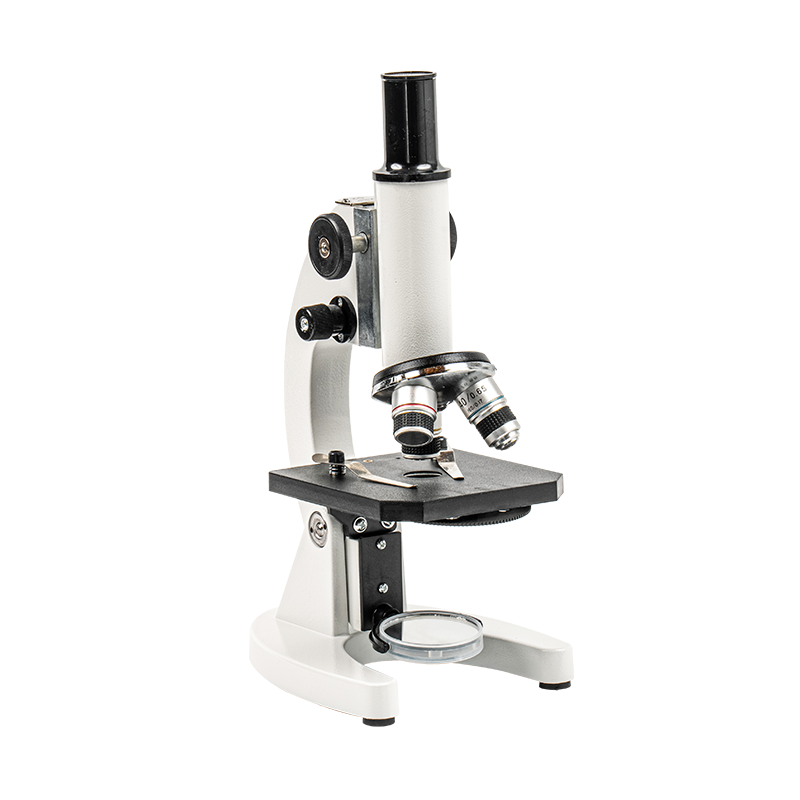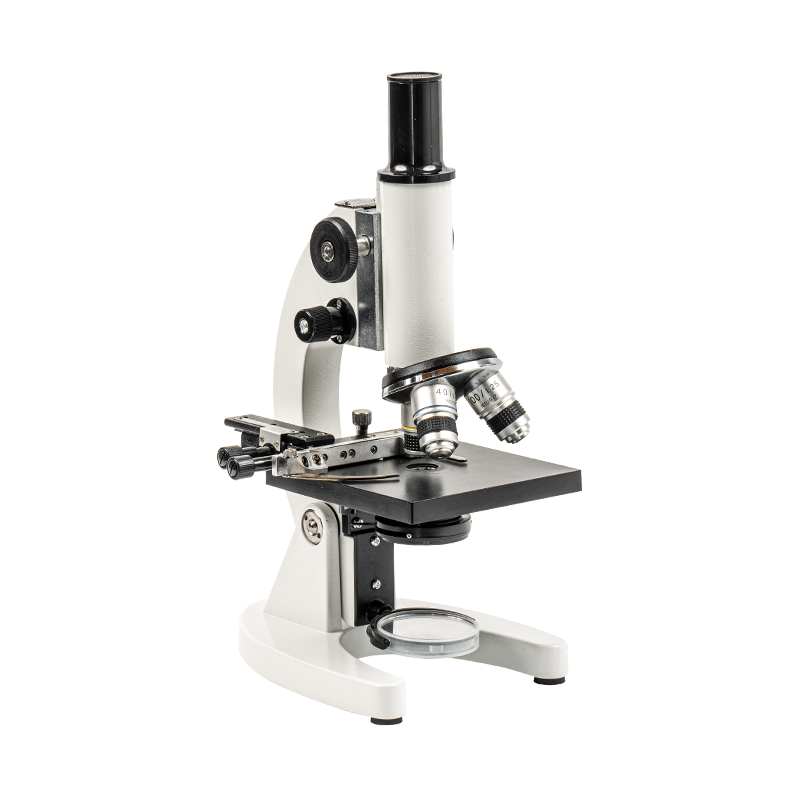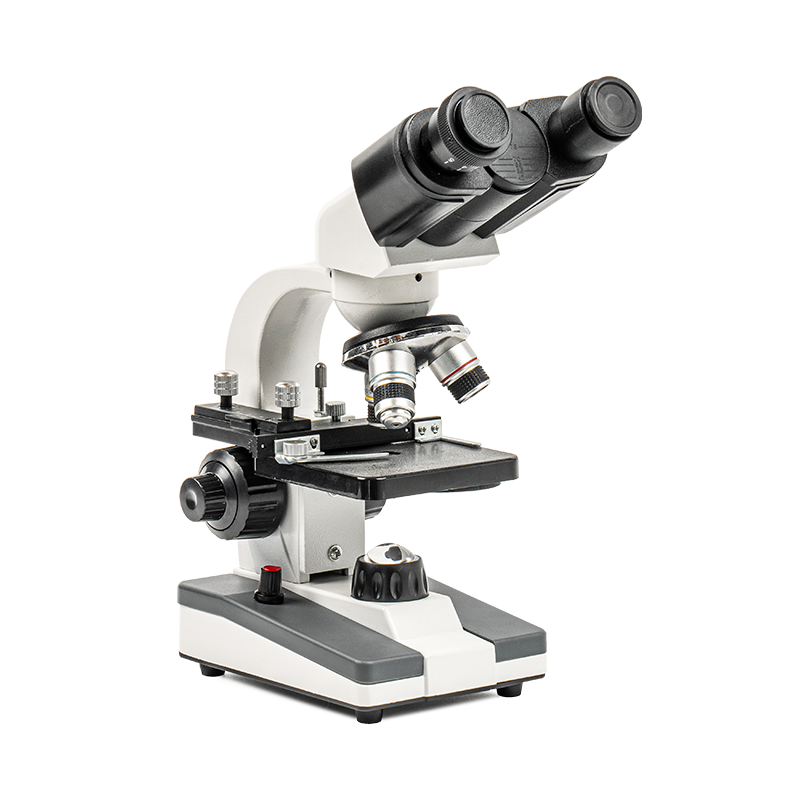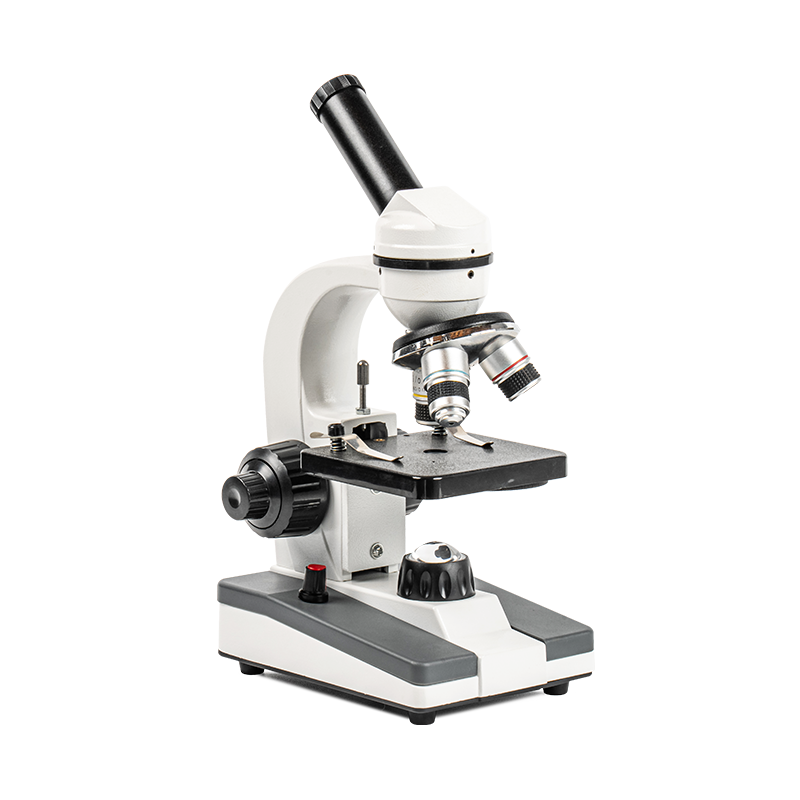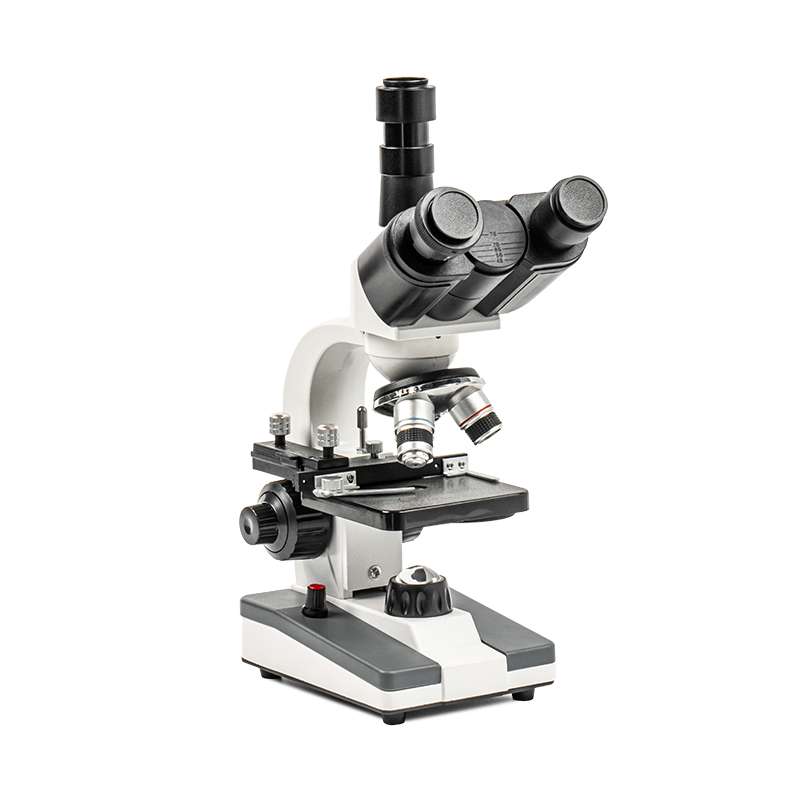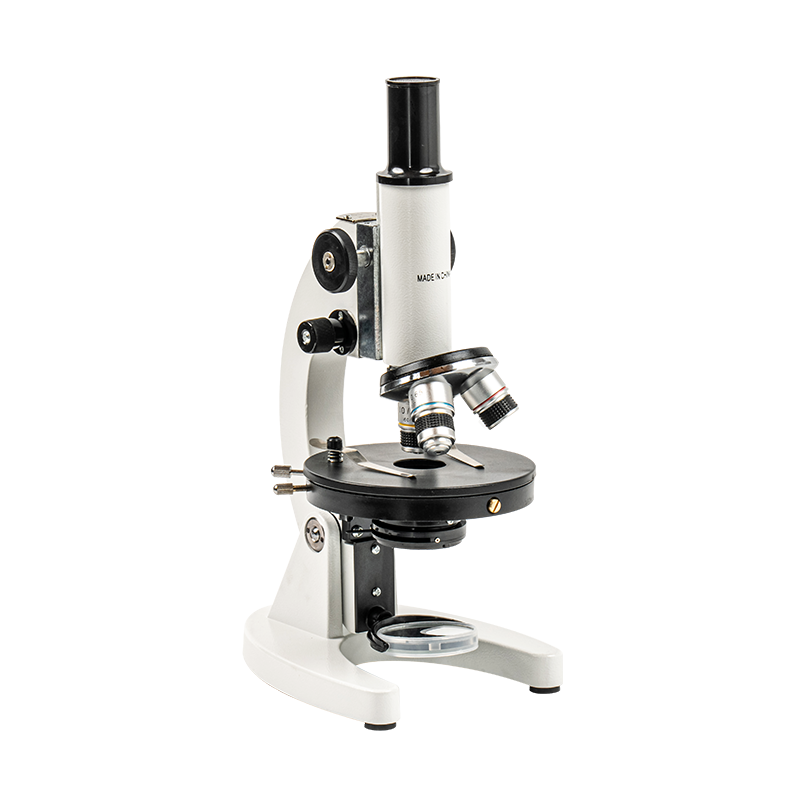In scientific research, the reliability and accuracy of experimental data directly affect the results and conclusions of the research. microscope for lab play a vital role as an important tool for obtaining microscopic data. Whether in biology, chemistry or materials science, the precise imaging capabilities of microscopes can significantly improve the accuracy of experiments, helping researchers ensure that every detail is accurately captured, thereby improving the reliability of experimental data.
The reliability of experimental data is closely related to the observed sample details, and microscopes are the key to obtaining these details. High-resolution microscopes can reveal subtle differences in cells, tissues, and materials, helping scientists observe details that cannot be seen by the naked eye. In the field of life sciences, microscopes allow researchers to observe the structure of cells in depth and even see subtle changes inside cells. These subtle differences may directly affect the results and conclusions of the experiment. The high-precision imaging of microscopes ensures that researchers capture every tiny change, thereby improving the reliability of data.
An inevitable challenge in experiments is the error that may be caused by human operation. In traditional microscope observations, manual focusing, adjusting the light source, and selecting the magnification may introduce certain errors. However, modern microscopes use a sophisticated adjustment system that can automatically ensure the clarity and accuracy of the image. Through precise light source control and autofocus functions, microscopes reduce errors caused by improper human operation. This automated operation not only improves the efficiency of the experimental process, but also ensures that the results of each observation are highly consistent, thereby ensuring the accuracy of the experimental data.
In scientific experiments, repeatability is an important criterion for measuring the reliability of experimental data. High-quality microscopes can provide stable and consistent image quality, which means that the same observation results can be obtained no matter when and by whom the experiment is conducted. The precise control function of the microscope ensures that the sample is displayed in a consistent manner each time it is observed, which is crucial to ensure the repeatability of experimental data. When experimental data has high repeatability, scientists can draw conclusions more confidently, which is particularly important for the further advancement of scientific research.
In some research fields, such as cell biology and materials science, accurate quantitative analysis is crucial to drawing scientific conclusions. Microscopes can help researchers accurately measure the size, morphology, and other physical properties of cells through their high-resolution imaging capabilities. These detailed measurements are very important for researchers to determine whether the experimental results are valid and consistent. For example, researchers can use microscopes to observe the growth and division of cells, and through quantitative analysis of these details, they can obtain more accurate data and verify experimental hypotheses.
The role of a microscope is not only to provide data at the end of the experiment, it also helps improve the accuracy of sample handling throughout the entire experiment. From sample preparation, observation to analysis, microscopes provide scientists with a clear and detailed perspective, allowing them to operate each step more accurately. High-precision microscopes ensure that every tiny change in the sample can be accurately recorded, reducing experimental errors caused by unclear observation. In precision experiments, the accuracy of each link is key, and microscopes provide scientists with indispensable support.

 English
English Español
Español عربى
عربى 中文简体
中文简体
